当前位置:网站首页>[loss functions of L1, L2 and smooth L1]
[loss functions of L1, L2 and smooth L1]
2022-07-05 11:42:00 【Network starry sky (LUOC)】
List of articles
One 、 common MSE、MAE Loss function
1.1 Mean square error 、 Loss of square
Mean square error (MSE) It is the most commonly used error in regression loss function , It is the sum of squares of the difference between the predicted value and the target value , The formula is as follows :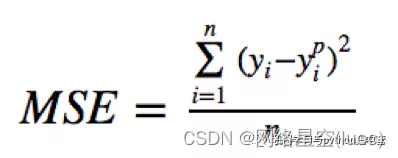
The following figure shows the curve distribution of root mean square error , The minimum value is the position where the predicted value is the target value .
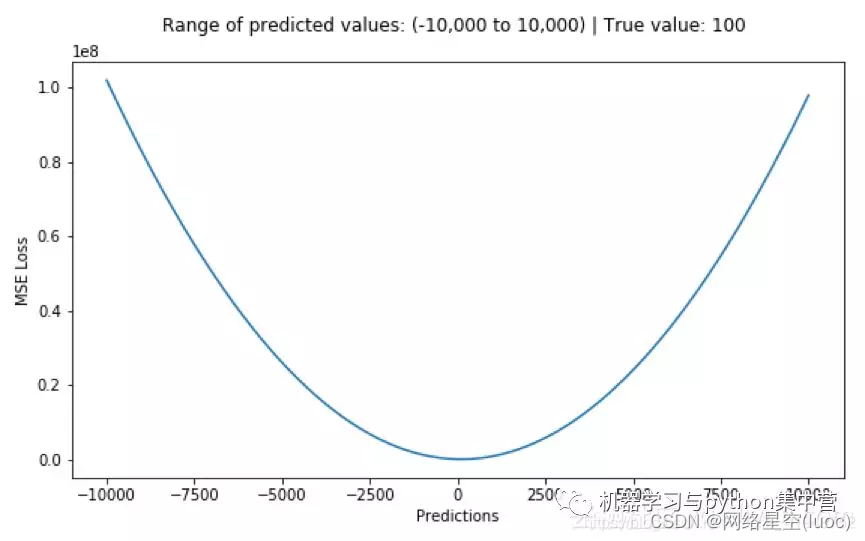
advantage : All points are continuous and smooth , Convenient derivation , It has a more stable solution
shortcoming : Not particularly robust , Why? ? Because when the input value of the function is far from the central value , When using the gradient descent method, the gradient is very large , May cause gradient explosion .
What is gradient explosion ?
Error gradient is the direction and quantity of calculation in the process of neural network training , Used to update network weights with the right direction and the right amount .
In deep networks or cyclic neural networks , The error gradient can be accumulated in the update , It becomes a very large gradient , And then it leads to a big update of the network weight , And that makes the network unstable . In extreme cases , The value of the weight becomes very large , To overflow , Lead to NaN value .
Gradients between network layers ( Greater than 1.0) Exponential growth caused by repeated multiplication produces a gradient explosion .
Problems caused by gradient explosion
In deep multilayer perceptron networks , Gradient explosion can cause network instability , The best result is that you can't learn from the training data , And the worst result is something that can't be updated NaN Weight value .
1.2 Mean absolute error
Mean absolute error (MAE) Is another commonly used regression loss function , It is the sum of the absolute value of the difference between the target value and the predicted value , Represents the average error range of the predicted value , Without considering the direction of the error , The scope is 0 To ∞, The formula is as follows :
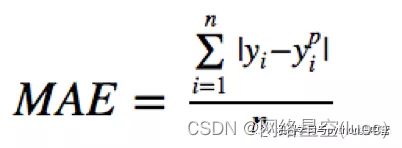
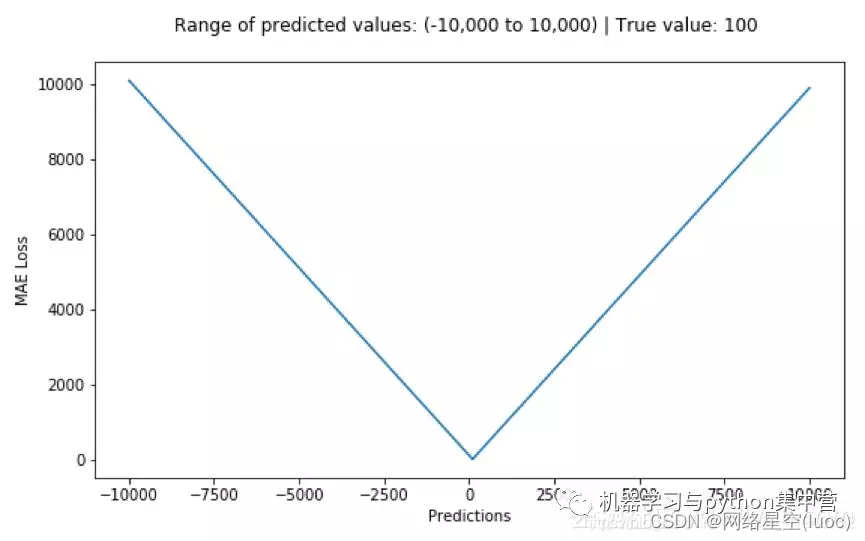
advantage : No matter what kind of input value , All have stable gradients , It will not cause gradient explosion problems , A more robust solution .
shortcoming : At the center point is the break point , No derivative , It's not convenient to solve .
The above two loss functions are also called L2 Loss and L1 Loss .
Two 、L1_Loss and L2_Loss
2.1 L1_Loss and L2_Loss Formula
L1 Norm loss function , Also known as the minimum absolute deviation (LAD), Minimum absolute error (LAE). On the whole , It is the target value (Yi) And estimates (f(xi)) The sum of the absolute differences of (S) To minimize the :
L2 Norm loss function , Also known as least square error (LSE). in general , It is the target value (Yi) And estimates (f(xi)) The sum of the squares of the differences (S) To minimize the :
import numpy as np
def L1(yhat, y):
loss = np.sum(np.abs(y - yhat))
return loss
def L2(yhat, y):
loss =np.sum(np.power((y - yhat), 2))
return loss
# call
yhat = np.array([0.1, 0.2, 0.3, 0.4, 0.5])
y = np.array([1, 1, 0, 1, 1])
print("L1 = " ,(L1(yhat,y)))
print("L2 = " ,(L2(yhat,y)))
L1 Norm and L2 The difference between norm and loss function can be quickly summarized as follows :
2.2 Several key concepts
(1) Robustness
The reason why the minimum absolute deviation is robust , Because it can handle outliers in data . This may be useful in studies where outliers may be safely and effectively ignored . If you need to consider any or all outliers , Then the minimum absolute deviation is the better choice .
Intuitively , because L2 Norm squares the error ( If the error is greater than 1, The error will be magnified a lot ), The error of the model will be greater than L1 The norm is bigger , So the model will be more sensitive to this sample , This requires adjusting the model to minimize errors . If this sample is an outlier , The model needs to be adjusted to accommodate individual outliers , This will sacrifice many other normal samples , Because the error of these normal samples is smaller than that of the single outlier .
(2) stability
The instability of the minimum absolute deviation method means , For a small horizontal fluctuation of the data set , The regression line may jump a lot ( Such as , Derivation at turning point ). On some data structures , The method has many continuous solutions ; however , A small shift in the data set , Many continuous solutions of a data structure in a certain region will be skipped . After skipping the solution in this region , The minimum absolute deviation line may have a greater inclination than the previous line .
By contraries , The solution of the least square method is stable , Because any small fluctuations in a data point , The regression line always moves only slightly ; That is to say , The regression parameter is a continuous function of the data set .
3、 ... and 、smooth L1 Loss function
As the name suggests ,smooth L1 It's after smoothing L1, As I said before L1 The disadvantage of loss is that there is a discount point , Not smooth , Leading to instability , How to make it smooth ?smooth L1 The loss function is :

smooth L1 The loss function curve is shown in the figure below , The purpose of the author's setting is to make loss More robust to outliers , Compared with L2 Loss function , It's for outliers ( It refers to the point far from the center )、 outliers (outlier) Insensitivity , It's not easy to control the weight of the flight .
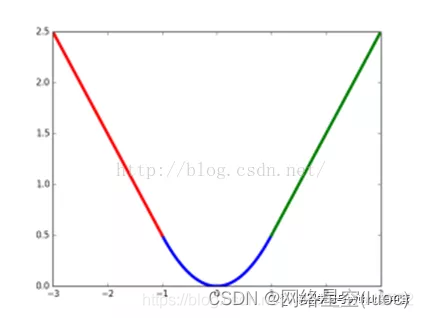
边栏推荐
- How does redis implement multiple zones?
- Cron expression (seven subexpressions)
- Cdga | six principles that data governance has to adhere to
- Manage multiple instagram accounts and share anti Association tips
- Project summary notes series wstax kt session2 code analysis
- comsol--三维图形随便画----回转
- 【TFLite, ONNX, CoreML, TensorRT Export】
- Spark Tuning (I): from HQL to code
- go语言学习笔记-初识Go语言
- 居家办公那些事|社区征文
猜你喜欢
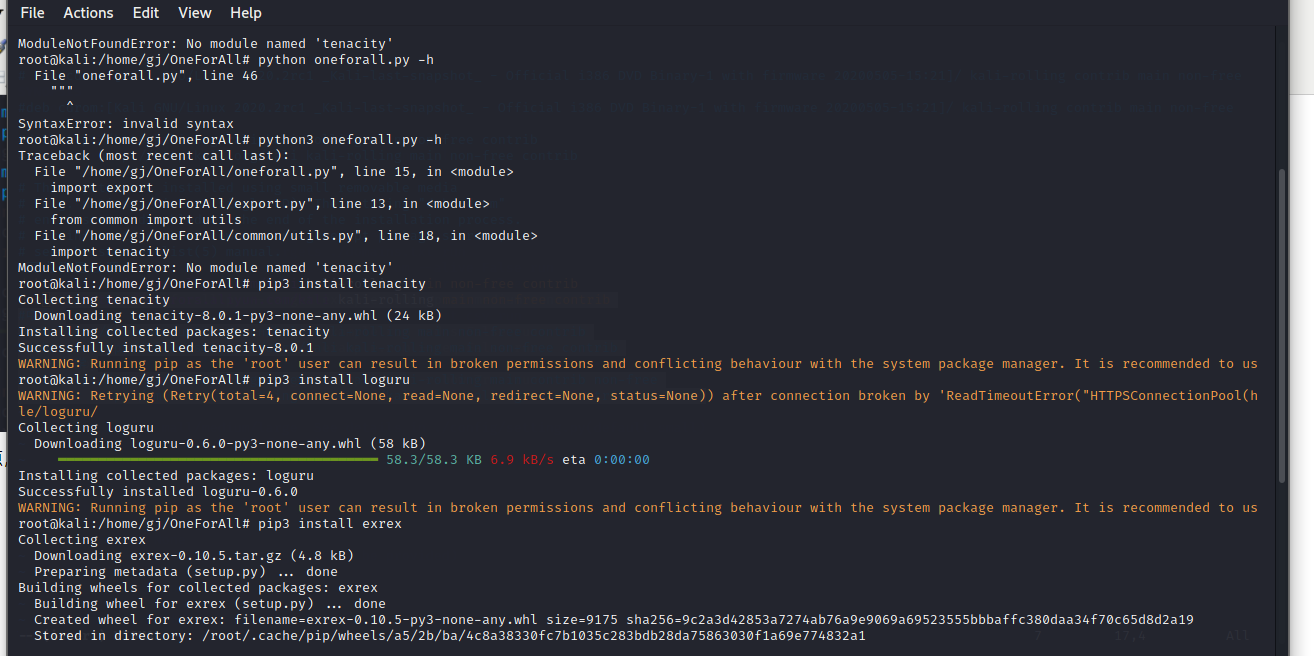
OneForAll安装使用
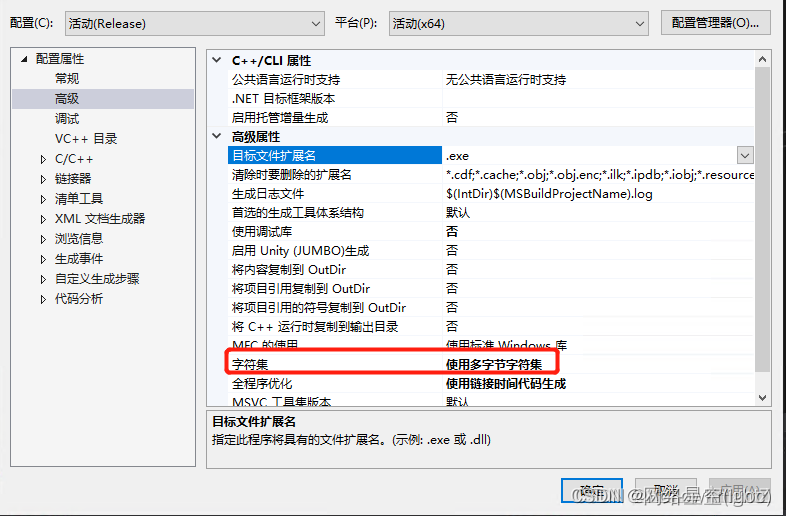
【使用TensorRT通过ONNX部署Pytorch项目】

【SingleShotMultiBoxDetector(SSD,单步多框目标检测)】

12.(地图数据篇)cesium城市建筑物贴图

pytorch-softmax回归

全网最全的新型数据库、多维表格平台盘点 Notion、FlowUs、Airtable、SeaTable、维格表 Vika、飞书多维表格、黑帕云、织信 Informat、语雀

7 themes and 9 technology masters! Dragon Dragon lecture hall hard core live broadcast preview in July, see you tomorrow

pytorch-权重衰退(weight decay)和丢弃法(dropout)

【Win11 多用户同时登录远程桌面配置方法】
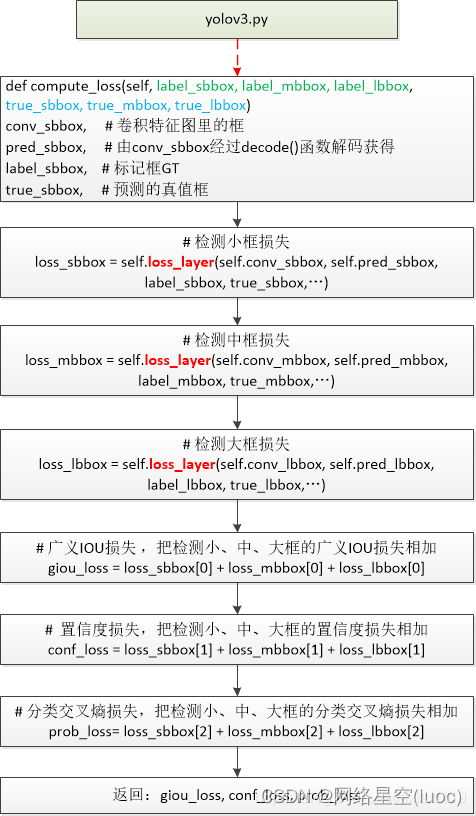
【yolov3损失函数】
随机推荐
leetcode:1200. Minimum absolute difference
【Win11 多用户同时登录远程桌面配置方法】
13. (map data) conversion between Baidu coordinate (bd09), national survey of China coordinate (Mars coordinate, gcj02), and WGS84 coordinate system
【L1、L2、smooth L1三类损失函数】
How to understand super browser? What scenarios can it be used in? What brands are there?
查看多台机器所有进程
COMSOL -- establishment of geometric model -- establishment of two-dimensional graphics
Differences between IPv6 and IPv4 three departments including the office of network information technology promote IPv6 scale deployment
Solve the problem of slow access to foreign public static resources
Harbor image warehouse construction
COMSOL -- three-dimensional graphics random drawing -- rotation
MySQL giant pit: update updates should be judged with caution by affecting the number of rows!!!
Cdga | six principles that data governance has to adhere to
How can China Africa diamond accessory stones be inlaid to be safe and beautiful?
网络五连鞭
ibatis的动态sql
龙蜥社区第九次运营委员会会议顺利召开
C # implements WinForm DataGridView control to support overlay data binding
Open3D 欧式聚类
【云原生 | Kubernetes篇】Ingress案例实战(十三)